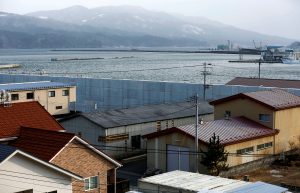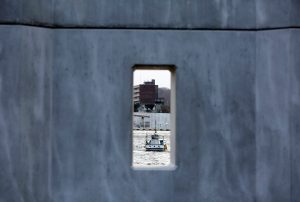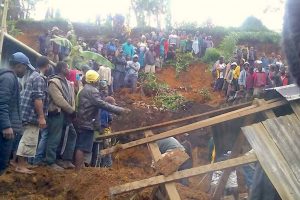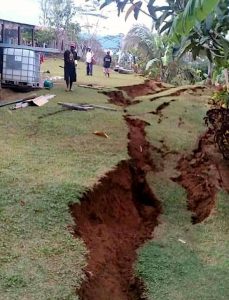
By Terray Sylvester
PAHOA, Hawaii (Reuters) – Emergency authorities battling lava flows and gas erupting from Hawaii’s Kilauea volcano told some residents to “Go now” as a new fissure opened and more structures were destroyed.
Kilauea has destroyed 26 homes and forced 1,700 people to leave their residences since it erupted on Thursday, spewing lava and toxic gas from volcanic vents in a small area of Hawaii’s Big Island.
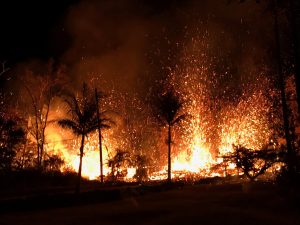
A new fissure spraying lava fountains as high as about 230 feet (70 m), according to United States Geological Survey, is shown from Luana Street in Leilani Estates subdivision on Kilauea Volcano’s lower East Rift Zone in Hawaii, U.S., May 5, 2018. US Geological Survey/Handout via REUTERS
A new fissure opened on Sunday night in the Leilani Estates area some 12 miles from the volcano, prompting a cellphone alert for residents to leave homes to avoid sulfur dioxide gas, which can be life threatening at high levels.So far no fatalities or major injuries have been reported from the volcano, according to the Hawaii County Civil Defense Agency.
Evacuees from Leilani Estates were allowed to return for pets, medications and to check property on Sunday, but some like Jeremy Wilson found homes surrounded by fissures that can be hundreds of feet long.
“My house is right in the middle,” said Wilson, who turned back in his car when he saw steam coming from cracks in the road ahead.
The semi-rural wooded area of Leilani Estates had become a magnet for newcomers to Hawaii’s Big Island who were prepared to risk living near to an active volcano in return for more affordable real-estate prices.
Eruptions of lava and gas were expected to continue, along with aftershocks from Friday’s 6.9 magnitude earthquake, the largest in the area since 1975, according to the Hawaiian Volcano Observatory. A lava flow advanced 0.6 of a mile from one of the vents.
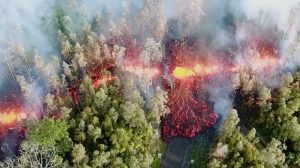
Lava emerges from the ground after Kilauea Volcano erupted, on Hawaii’s Big Island May 3, 2018, in this still image taken from video obtained from social media. Jeremiah Osuna/via REUTERS
Geologists said the activity looked like an event in 1955 when eruptions continued for 88 days in the area and covered around 4,000 acres with lava.
Jessica Gauthier, 47, said she and other local realtors had seen vacation renters cancel their reservations, even though the volcanic activity is confined to a relatively isolated area far from tourist centers.
“There’s no way to know that if you’re sitting in your living room in Ohio and watching the national news,” she said.
Gauthier predicted business would pick up as a new kind of visitor began to appear.
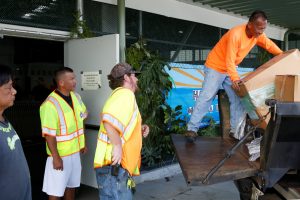
County workers deliver cots and blankets to an evacuation center in Pahoa available to residents of the Puna communities of Leilani Estates and Lanipuna Gardens who were forced to leave their homes after the Kilauea Volcano erupted on Thursday in Hawaii, U.S., May 4, 2018. REUTERS/Terray Sylvester
“Within a month we’ll start getting lava tourists,” she said of people who come to Hawaii to see its active volcanoes.
Hawaii County authorities requested lava watchers keep away.
“This is not the time for sightseeing. You can help tremendously by staying out of the area,” the civil defense agency said in a statement.
(Reporting by Terray Sylvester; Writing by Andrew Hay in New Mexico; Editing by Hugh Lawson and Toby Chopra)





